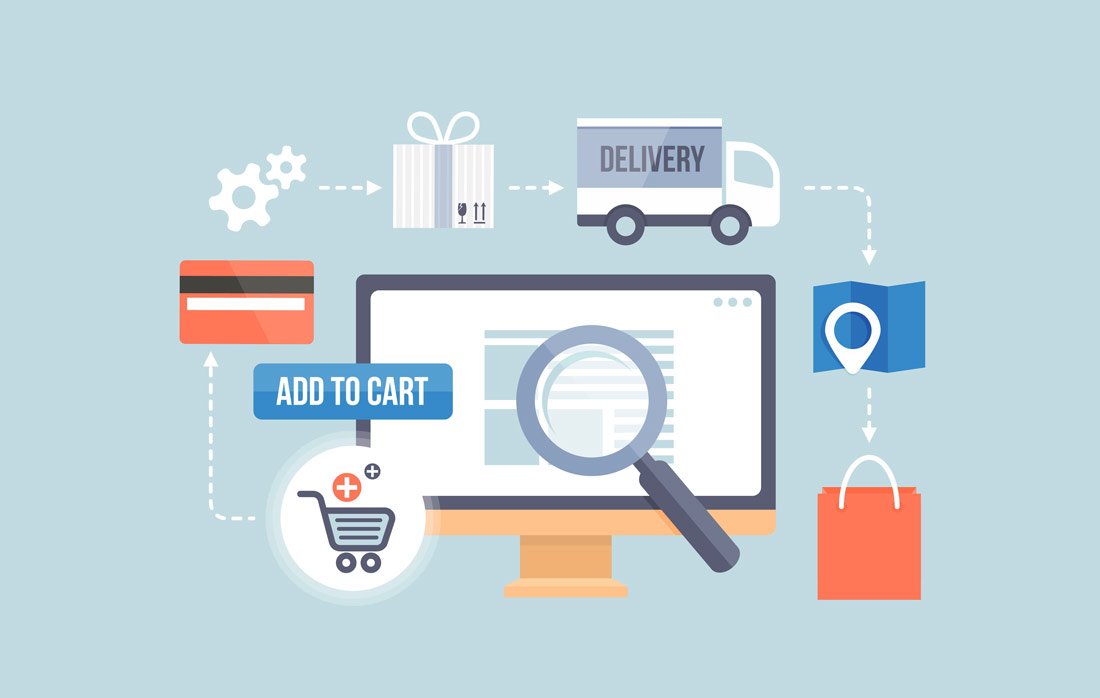
The amount of money that can be made from setting up a simple online store attracts many entrepreneurs to the world of eCommerce. However, what may appear like a ‘simple online store’ to customers, actually requires a significant amount of work behind the scenes. Handling money and sensitive information online is a risk-fraught business. Those running eCommerce stores need to be wholly aware of how their payment systems operate to ensure that all the relevant security precautions are taken. To ensure a steady stream of sales, the customer needs to also be assured of this, as well as offered a seamless path to check-out.
Below we have provided a basic introduction in three points to those embarking upon the world of eCommerce.
Payment Options
On any online store, it is worth providing a variety of different payment methods. The vast majority of online shoppers have come to expect this as a matter of course. It is neither necessary nor practical to offer all the payment methods; consider the demographic of your target market and do some research into how they most commonly like to pay online. If you are unable to come to any conclusive results, simply offer the capacity to accept payment from all major credit cards as well as PayPal. In time, it is worth looking into the variety of new digital payment options such as Google Wallet, Dwolla, and Square. Each have their attractions and drawbacks. Take your time to investigate each in turn, and don’t make any hasty decisions.
Payment Gateways
A payment gateway is the technology that manages the payment on your website. The best gateway for your site depends upon your individual requirements; how much traffic you expect, whether you are selling internationally, if there is the ability to buy and sell on your site etc. … (Just to be clear, PayPal is a payment gateway itself. It is of course possible to have another payment gateway for credit cards running alongside this.)
The first factor to consider when choosing your gateway is to see which ones your eCommerce platform (Shopify, WooCommerce, Magento etc. …) supports. Secondly, you need to decide whether you want customers to post their details directly into a page on your site to be then saved on your server; directly into a page on your site and then sent instantly to the gateway (therefore leapfrogging your site); or upon an iFrame or redirect (the safest option, but sustaining brand consistency in design is tricky). Whichever is chosen, it is integral to comply with the PCI data security standards and to constantly reassure customers that the process is secure. As an example, see how Chrono24.com manage this with their ‘Trusted Checkout’ payment option. Prospective buyers on this site are able to find out how the process works, and why they should have confidence in it before committing to a sale. Have a look at this article for further advice on choosing a payment gateway.
Seamless Path to Check-Out
Once you have settled upon a payment gateway, it is important to make sure that the path to check-out is as easy and efficient as possible. This is the most important part of your website, as it is at this point that window shoppers become paying customers. These pages need as close consideration as your home page and principal landing pages. How to keep these pages attractive, uncluttered and responsive is largely common sense:
- Ensure that the design aesthetics are the same as the rest of your site (you don’t want visitors to think they have been handed over to a third party, unless it is a well-known one like PayPal).
- Make errors and typos in the payment forms easily rectifiable.
- Do not ask customers to register first, or demand excessive and unnecessary information (the number one cause of shopping cart abandonment).
- Keep distractions to a minimum, and have clear calls to action.
We hope this helps. If you already have an online store, take a look at our previous post on how to maximize your eCommerce sales.








